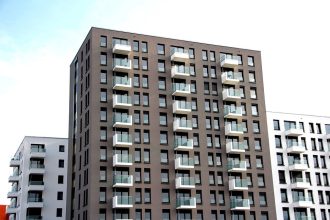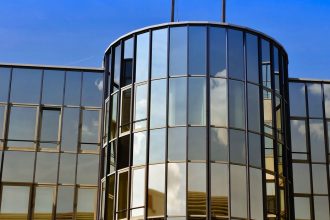As the urgency to combat climate change and promote sustainability intensifies, the architecture and real estate sectors are stepping up to embrace innovative practices that prioritize environmental stewardship. Sustainable architecture is no longer just a trend; it’s becoming an essential part of our built environment, aiming to create structures that are not only functional and aesthetically pleasing but also ecologically responsible. In this post, we explore the key innovations shaping sustainable architecture, with a special focus on initiatives like the Living Building Challenge and other pioneering practices in green building design.
The Living Building Challenge
One of the most ambitious and comprehensive programs for sustainable architecture is the Living Building Challenge (LBC), which was launched by the International Living Future Institute in 2006. The LBC sets the highest bar for sustainability, with buildings designed to be self-sufficient and have a positive impact on the environment. The Challenge is structured around seven performance areas, known as "Petals": Place, Water, Energy, Health and Happiness, Materials, Equity, and Beauty. Each Petal encompasses a series of imperatives that buildings must meet to achieve certification.
Key Innovations Promoted by the Living Building Challenge:
-
Net-Positive Energy: Buildings designed under the LBC must generate more energy than they consume. This is achieved through the integration of renewable energy sources such as solar panels, wind turbines, and geothermal energy systems. For example, the Bullitt Center in Seattle is often referred to as the "greenest commercial building" in the world, achieving living building status by utilizing solar energy and innovative building performance measures.
-
Water Independence: LBC projects must capture and use all the water they need on site. This involves advanced rainwater harvesting, greywater recycling, and efficient fixtures. The Edge building in Amsterdam, known for its sustainability features, incorporates cutting-edge water conservation technologies and has proven to significantly reduce its water footprint.
-
Sustainable Materials: The LBC mandates the use of non-toxic, sustainably sourced materials. This includes a thorough vetting process to ensure materials are free from harmful substances and are sourced with minimal environmental impact. The Sundberg-Ferrar architects in Seattle serve as a case study, emphasizing local sourcing and transparency in their material choices.
- Biophilic Design: Emphasizing a connection to nature, LBC encourages designs that foster well-being through natural elements. Incorporating green roofs, living walls, and extensive natural lighting enhances occupants’ mental and physical health. The Bosco Verticale in Milan successfully illustrates how biophilic principles can create vibrant urban ecosystems while simultaneously improving air quality.
Other Innovative Practices in Sustainable Architecture
Beyond the Living Building Challenge, a range of innovative practices is shaping the future of sustainable architecture and real estate development:
1. Passive House Design
Passive House (or Passivhaus) is a rigorous energy standard aiming to reduce the building’s ecological footprint by minimizing energy consumption. This is achieved through superior insulation, high-performance windows, and airtight construction. Buildings like the ZNE (Zero Net Energy) House in California exemplify how these principles lead to significantly reduced energy usage while maintaining comfort and air quality.
2. Modular and Prefabricated Construction
Modular construction, where building sections are prefabricated off-site, promotes efficiency and waste reduction. This method allows for better quality control, faster assembly on-site, and reduced construction waste. Companies like Katerra (despite its recent challenges) have been pioneers in this space, highlighting how technology can streamline the construction process for a greener outcome.
3. Adaptive Reuse
Rather than demolishing existing structures, adaptive reuse focuses on repurposing buildings, thus conserving resources and preserving cultural heritage. A notable example is The High Line in New York City, where a defunct elevated railway was transformed into a vibrant public park. This strategy not only conserves materials but also adds value to the urban landscape while fostering community engagement.
4. Smart Building Technology
The integration of IoT (Internet of Things) in buildings enhances energy efficiency and occupant comfort. Smart thermostats, automated lighting, and real-time energy monitoring systems empower occupants to control their energy usage effectively. The Edge in Amsterdam utilizes advanced technology to optimize energy use dynamically, showcasing how smart buildings can adapt to real-time conditions and user preferences.
Conclusion
The convergence of innovative practices in sustainable architecture marks a significant step toward a more sustainable future. Initiatives like the Living Building Challenge, coupled with trends such as Passive House design, modular construction, adaptive reuse, and smart technology, all contribute to minimizing the ecological footprint of our built environment.
As architects, developers, and policymakers continue to prioritize sustainability, we can expect to see a profound transformation in how we approach building design and construction. By embracing these innovations, we not only create healthier spaces for individuals and communities but also pave the way for a resilient and sustainable future for generations to come. Let’s champion these practices and advocate for a greener world through the buildings we design and the choices we make.







